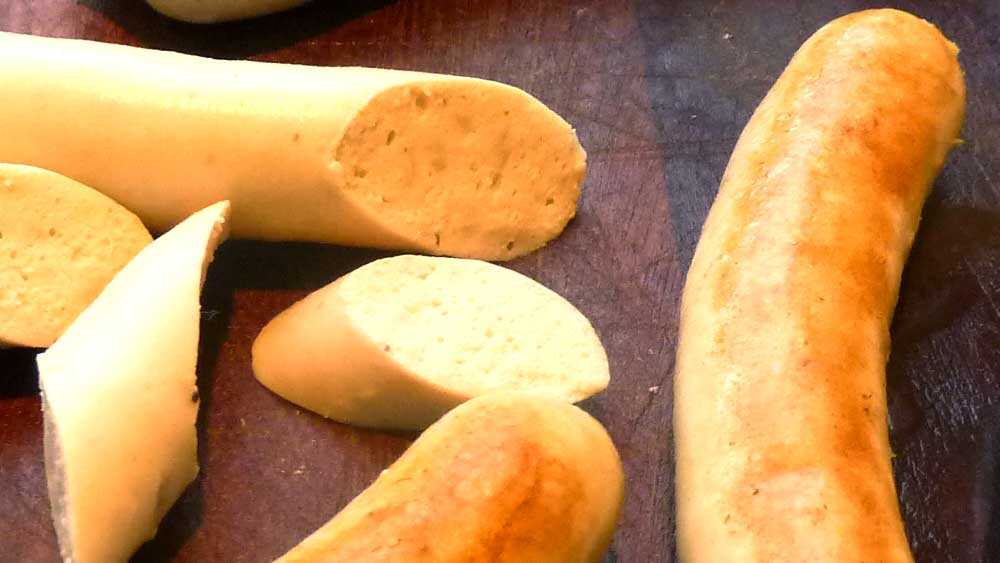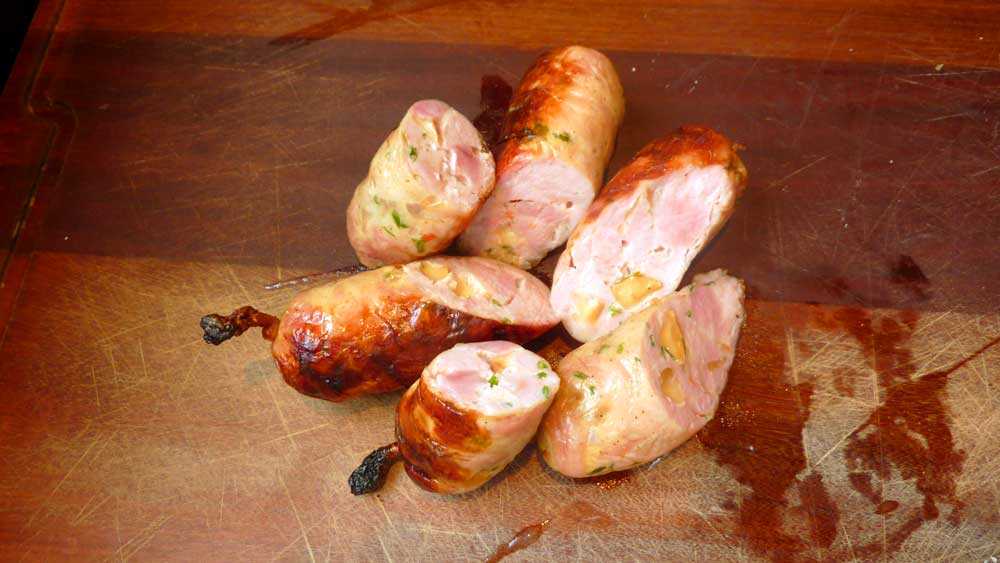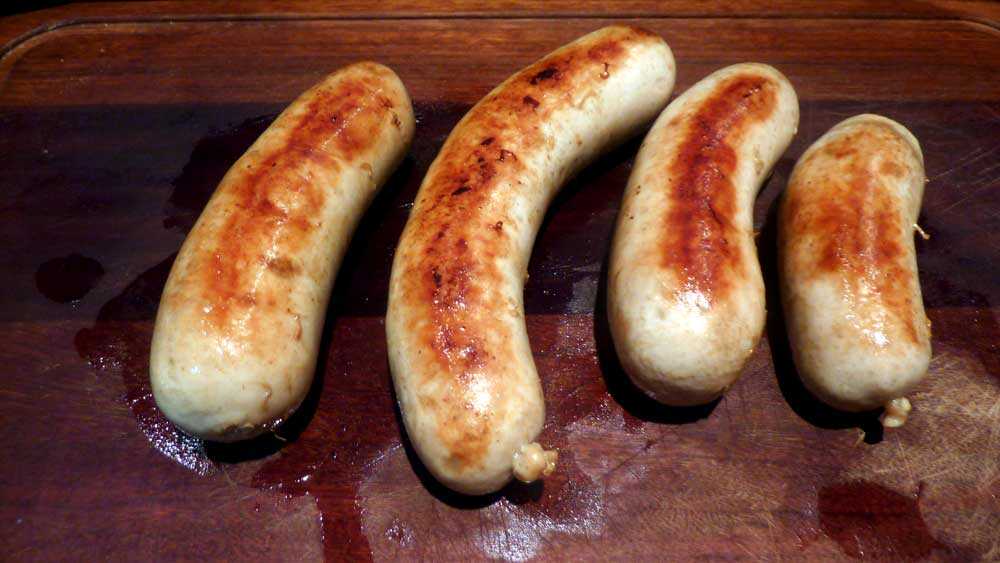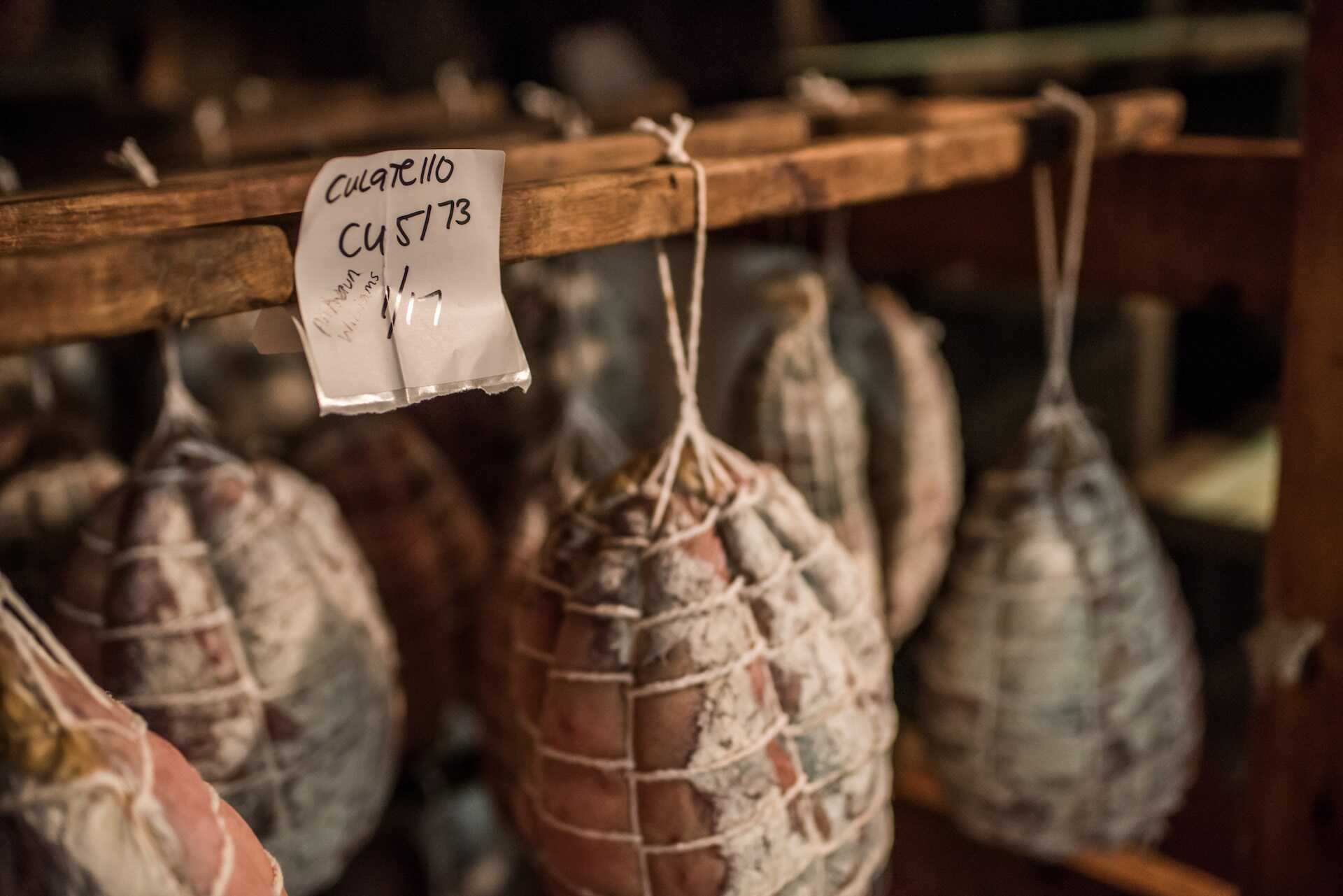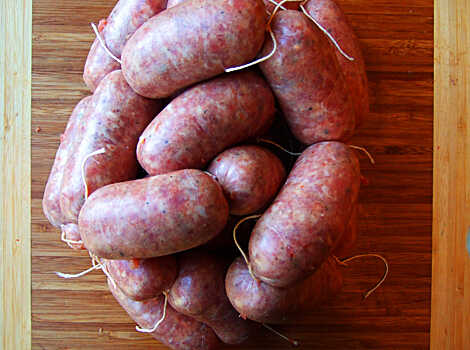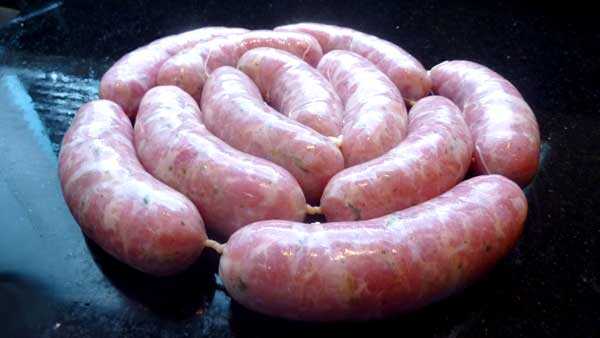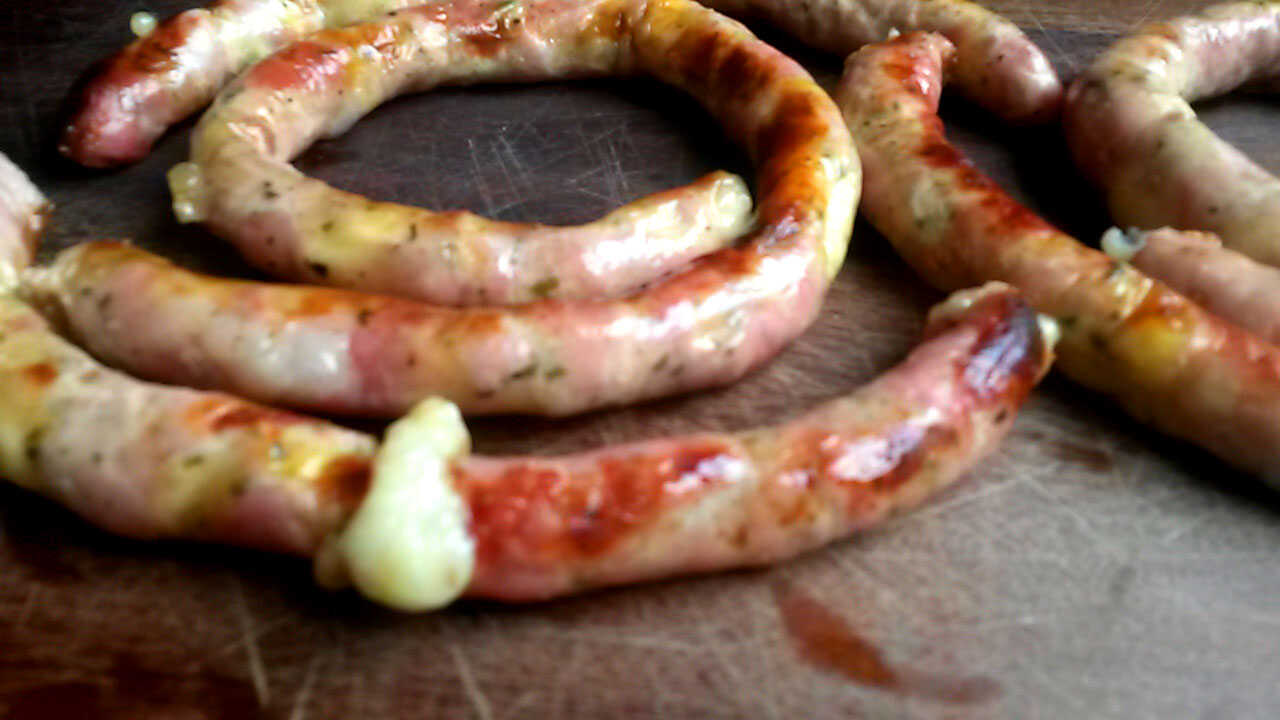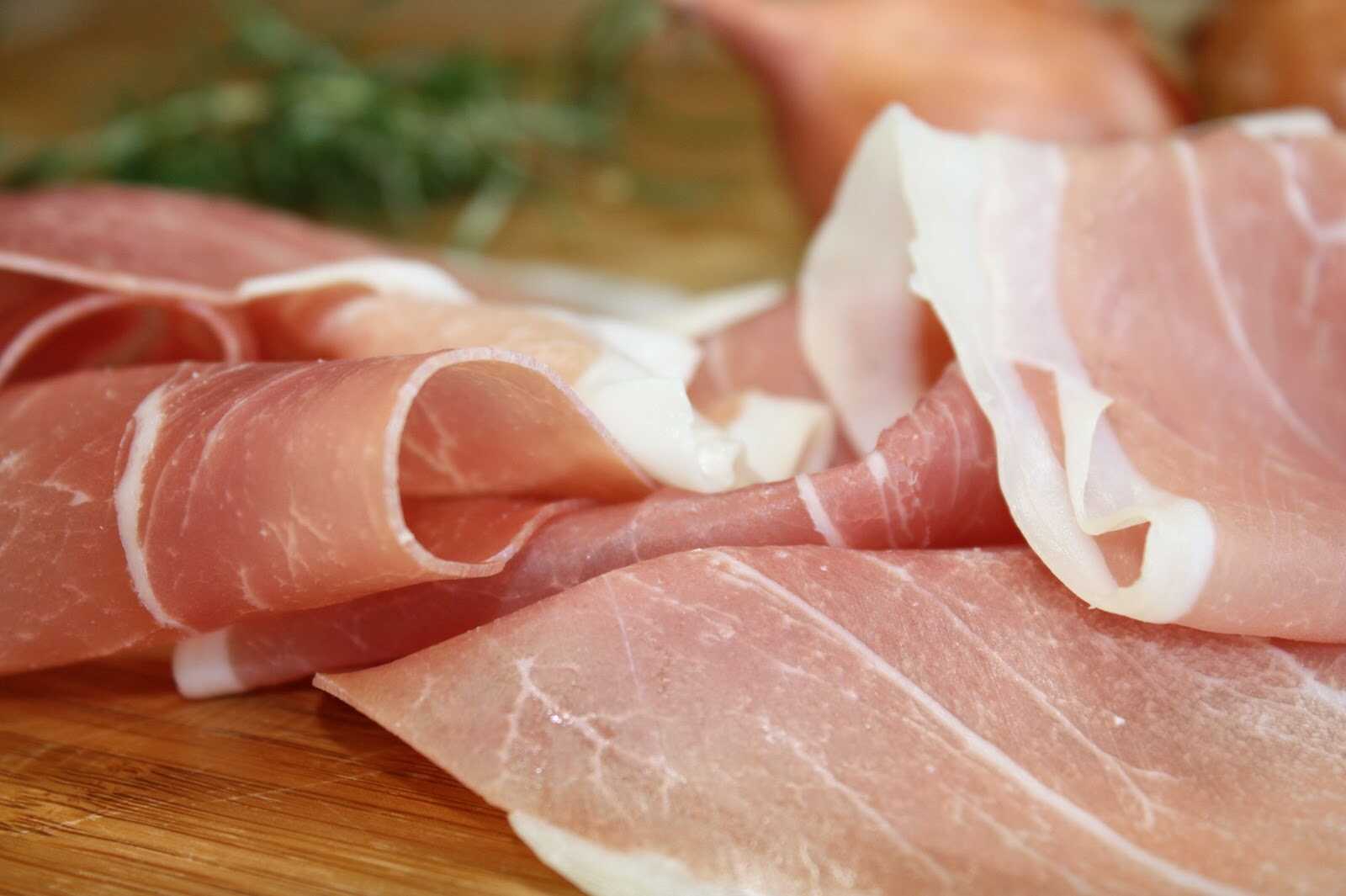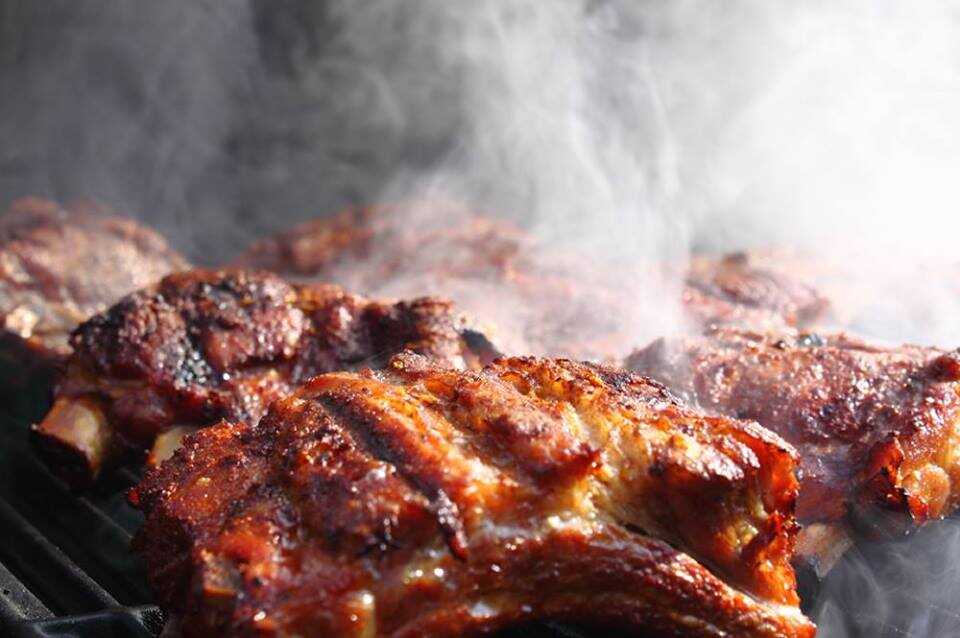
It is possible and very simple to smoke using a barbecue. Preferably use a grill that already has a lid or, if your grill is open, use an object to trap part of the smoke inside the grill. It is necessary for part of the smoke to escape so that there is a flow and the fire is not completely extinguished. Continue reading Como defumar na churrasqueira?

